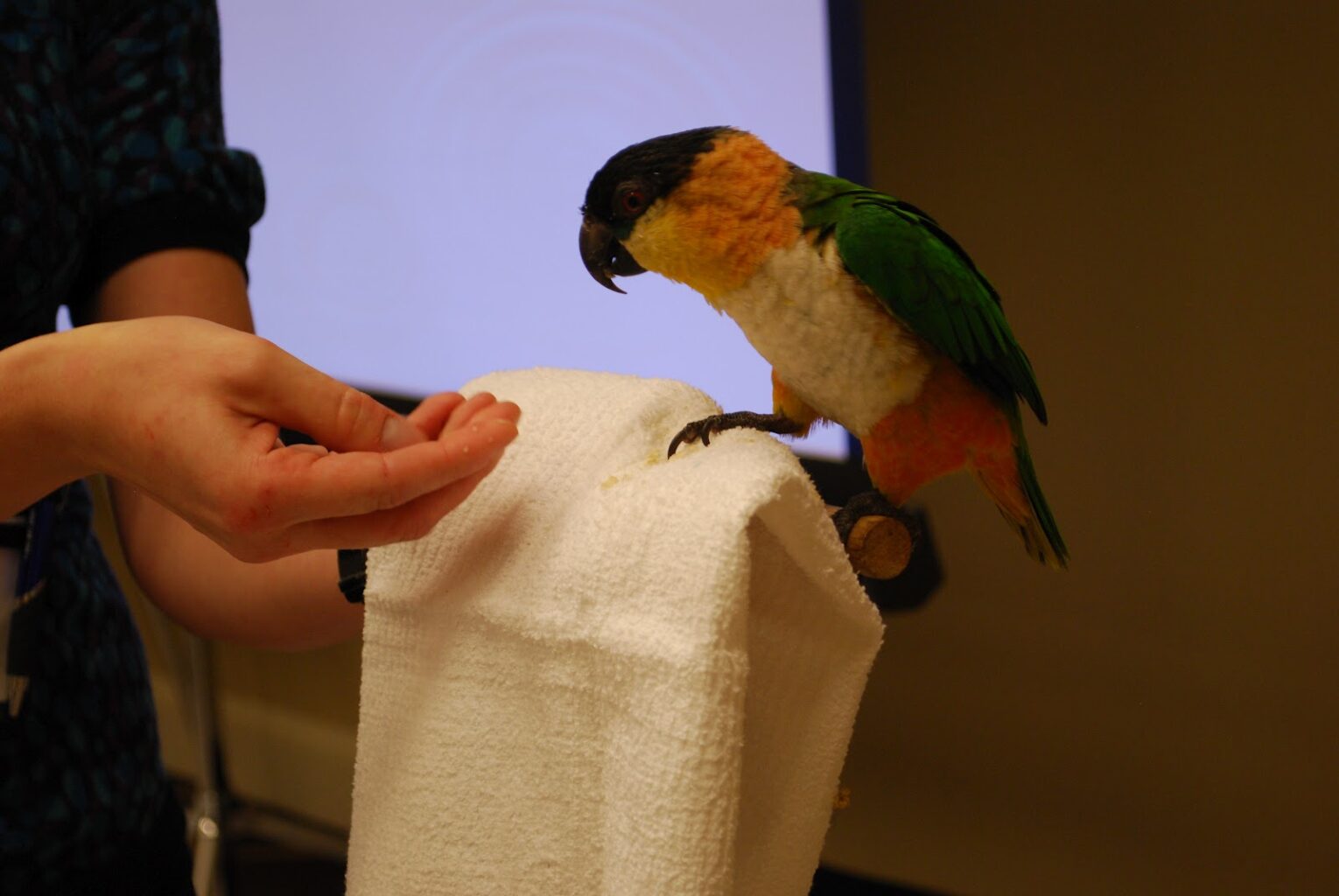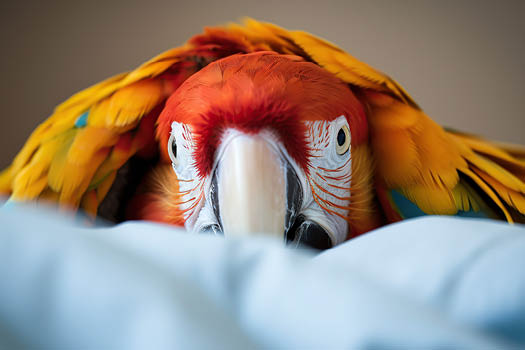
Parrots, like humans, can experience fear, which can manifest in various ways, such as aggression, feather plucking, or excessive vocalization. Understanding and addressing these fears is crucial for maintaining a healthy, happy, and well-adjusted bird. In this comprehensive guide, we will explore practical strategies to help you identify and alleviate your parrot’s fears.
Understanding Parrot Fear
Parrots are naturally cautious creatures, and their fear responses are often rooted in survival instincts. Common sources of fear include unfamiliar objects, sudden movements, loud noises, and changes in their environment. Recognizing the signs of fear in your parrot, such as wide eyes, fluffed feathers, rapid breathing, or attempts to hide, is the first step in addressing these issues.
Parrots are highly intelligent and sensitive animals, and their fears can be complex and varied. It’s essential to observe your parrot closely and take note of what triggers their fear. By understanding the root causes, you can tailor your approach to help your bird feel more secure and less anxious.
Creating a Safe and Comforting Environment
Establishing a consistent daily routine can greatly reduce your parrot’s anxiety. Birds thrive on predictability, so feeding, cleaning, and playtime should occur at the same times each day. A stable routine helps your parrot feel secure and know what to expect, reducing the likelihood of fear-induced behaviors.
Consistency is key in building a sense of safety for your parrot. When your bird knows what to expect, it can reduce the stress and anxiety associated with unpredictable changes. This consistent environment can also help in building a stronger bond between you and your parrot, as they learn to trust the routine you set.
Ensure your parrot’s cage is a safe haven. Position it in a quiet, low-traffic area of your home, away from potential stressors like loud appliances or direct sunlight. Providing a variety of perches, toys, and hiding spots within the cage can give your parrot a sense of control and security.
A well-placed and well-equipped cage can serve as a sanctuary for your parrot. Make sure the cage is spacious enough for your bird to move around comfortably and that it includes elements that make your bird feel safe, such as covered areas or soft bedding materials. This safe space should be respected as your parrot’s personal territory.
Gradual Desensitization
When introducing new objects or toys, do so gradually. Place the new item at a distance where your parrot feels comfortable and slowly move it closer over several days. Allow your parrot to observe and approach the object at their own pace, rewarding them with treats and praise for calm behavior.
Gradual exposure to new items and experiences is crucial in helping your parrot overcome fear. By taking small steps and rewarding positive behavior, you can help your bird build confidence. Patience is essential, as rushing the process can exacerbate fear rather than alleviate it.
Expose your parrot to new experiences in a controlled manner. For example, if your bird is afraid of car rides, start by sitting in the car with the engine off, offering treats and comfort. Gradually increase the exposure by turning on the engine, taking short trips, and rewarding calm behavior throughout the process.
Controlled exposure is an effective way to desensitize your parrot to fear-inducing stimuli. By breaking down the experience into manageable steps, you can help your bird adjust without overwhelming them. This method requires careful observation and adjustment based on your parrot’s comfort level.

Building Trust Through Positive Reinforcement
Positive reinforcement is key to building trust and reducing fear. Reward your parrot with treats, praise, and affection whenever they display calm and relaxed behavior. This helps your bird associate positive experiences with previously feared situations or objects.
Using positive reinforcement consistently can reshape your parrot’s response to fear triggers. Rewards should be immediate and significant enough to motivate your parrot. Over time, your bird will begin to associate previously fearful situations with positive outcomes, reducing their overall anxiety.
Building trust takes time and patience. Avoid forcing your parrot into situations that provoke fear, as this can reinforce negative associations. Instead, focus on consistent, gentle interactions that build confidence and trust over time. Your calm and reassuring presence is essential to helping your parrot feel safe.
Patience is critical when working with a fearful parrot. Progress may be slow, but consistent positive interactions will gradually build your bird’s confidence. It’s important to remain calm and composed, as parrots can easily pick up on your emotions and react accordingly.
Seeking Professional Help
If your parrot’s fear behaviors are severe or persistent, seeking professional help is advisable. Avian veterinarians or certified bird behaviorists can provide tailored advice and intervention strategies. They can help identify underlying health issues or environmental factors contributing to your parrot’s fear and offer specialized training techniques to address these problems.
Professional guidance can be invaluable in managing severe fear behaviors. Experts can provide insights and solutions that you might not have considered, ensuring that your parrot receives the best possible care. Don’t hesitate to reach out for professional support if needed.
Conclusion
Addressing fear in parrots requires patience, understanding, and a strategic approach. By creating a safe and consistent environment, gradually desensitizing your parrot to new experiences, and building trust through positive reinforcement, you can help your feathered friend overcome their fears and lead a happier, more relaxed life.
